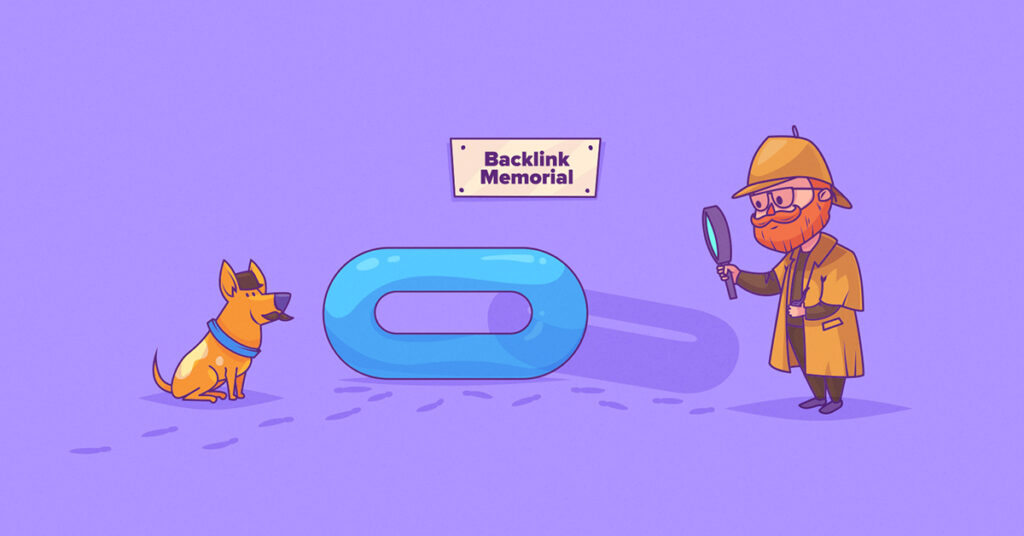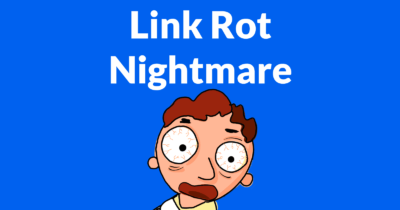John Mueller, team leader in Search Relations and Senior Webmaster Trends Analyst at Google, stated in a Webmaster Hangout that creating a site and waiting for traffic is not enough. In Search Engine Journal, the links and rankings explained are subverted by link rot. It has not been discussed much, but everyone has to understand and address this concern.
What does Link Rot mean?
Link rots covered two things, such as:
- The disappearance of links naturally. All links will disappear naturally. It usually happens when the publishers update their websites.
- Reduction of link power a link undergoes. The new pages push away the older pages from the homepage, which can reduce link power.
What will be affected?
Each site will be affected by link rot and no site will be immune to it. Rot means in Link Rot is to decay. It means each site’s backlink profile will go through the decaying process, with no exceptions.
Is link reclamation possible?

Yes, there are things to do to stop the risk of link rot. One way to do it is link reclamation. Link reclamation is an approach made by the late Eric Ward. It is reclaiming the process of the link power rather than letting it get wasted.
To do this, review the 404 response codes and check the link if it is to a web asset that no longer exists. Once the web asset has moved, you can create a 301 redirect to a fresh or new destination. The link counts as a link to where a new page exists.
Once the web asset disappears or no longer exists, how it gets fixed will be trickier today. The 301 redirect should go to the page equal to the page previously linked to: this is crucial.
Redirecting to the home page never works, Google treats redirects to different pages as soft 404. The soft 404 is an existing page, but Google doesn’t pass the link signal. Once the web page is missing, you can’t redirect all the inbound links related to the missing pages. The PageRank doesn’t have an effect since the links redirected are pages different from the home page.
Links with the wrong URL are fixable with a 301 redirect to the right URL of the destination page. Google figures it out and will pass the PageRank to the right URL. Yet, SEO is making sites optimized for search engines. It means making the site easy to crawl and understand.
Wrong domain name links
Wrong domain name links are not the link rot, but a variant. It is a link rotting away because it isn’t made to the site. The scenario doesn’t show up in the log file as the 404 codes that make it difficult to spot. There are times that a web publisher spells the domain wrong like adding the letter S to make the domain name plural.
As an owner of the website, you have to check if there are misspelled issues on the domain name linking to the misspelled version of the domain name or linked to the misspelled version of the domain name.
Link rot can’t be fixed all the time. You have to understand that not all cases can be fixed.
The takeaway here is nobody wins the ranking race. To achieve the top rankings is the beginning. Next is the process of maintaining rankings by keeping them relevant and generating content for promoting the content.

